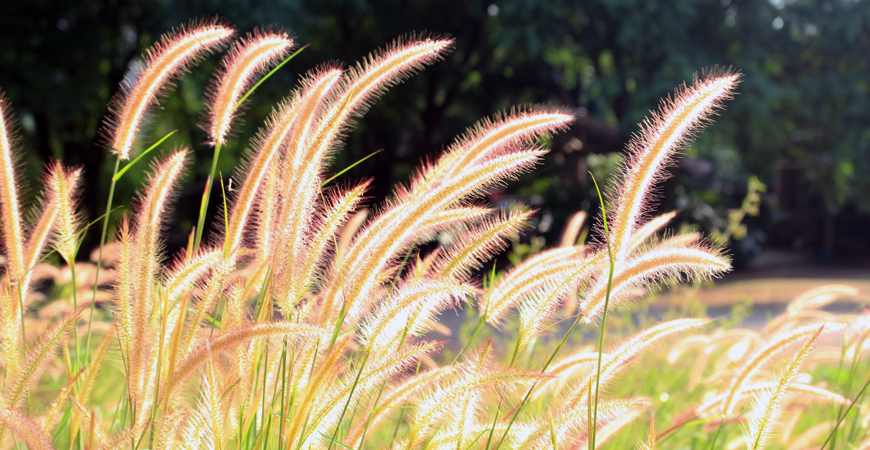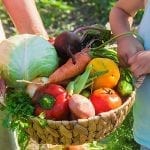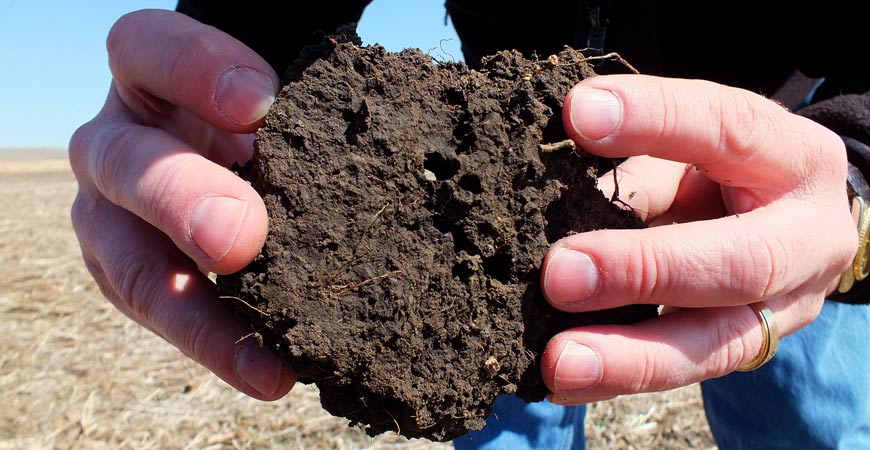
Best Drought Tolerant Plants for a Lush Summer Garden
A lack of water doesn’t have to interfere with your enjoyment of a lush garden. Whether you live in a city with water restrictions or the weather has been usually dry, many drought-tolerant plants can withstand dry spells in the garden.
Drought Tolerant Plants for Full Sun Locations
Limelight hydrangea thrives in full sun, which makes this blooming shrub different from its shade-loving relatives. They bloom in white flower mounds, which gradually turn to pink or red as the season progresses. Limelight hydrangea blooms on new growth, so it’s best to prune in winter or early spring.
Fountain grass has tall stems and feathery blooms, thus adding a dramatic accent to your garden. The graceful stems move in the breeze offering a soothing, meditative effect to any outdoor space. Fountain grass is available in various colors and thrives in dry soil, making it an excellent choice for a drought-tolerant yard or landscape.
Drought Tolerant Shade Plants
Pachysandra is a popular ground cover for shady spots in the garden. Planted underneath a tree or along a landscape border, pachysandra adds an attractive carpet of green to your yard. And, it’s deer resistant, too.
Coralbells are native to rocky cliff locations where rainwater tends to drain, so they naturally tolerate dry conditions. Coralbells are easy-care, available in a wide variety of colors, and a favorite stop for hummingbirds.
Drought Tolerant Flowering Plants
Canna lilies are native to the tropics, so they thrive in the heat. And they are surprisingly drought-tolerant flowers as well. Canna lilies come in a wide range of bloom colors and grow to an impressive six feet in height.
Rudbeckia, often referred to as black-eyed susan, is another easy-care perennial that stands up to dry stretches in the garden. The bright yellow flowers with their brown, cushiony centers will attract butterflies and bees to your garden.
Drought Tolerant Vegetables
The deep root system drought-tolerant veggies have helps them withstand both the heat and a lack of water. Some are quick growers, which also reduces their need for moisture. When shopping for new veggies to add to your garden, check that they grow well in sun, hot temperatures, and require minimal watering.
Okra thrives in the heat of summer. Plant in mid-summer, when the temperature is above 60 degrees. Okra can withstand drought conditions but for the best yield, give them at least an inch of water per week. Harvest pods when they are two to four inches in length.
Summer squash grows well in hot, arid conditions. Most varieties produce mature vegetables in as little as 60 days, which helps to lower water requirements. Summer squash varieties include yellow squash, zucchini, and crookneck squash. Frequent picking will encourage the plant to produce more. Adding a layer of mulch or compost will help lock in moisture.
How do I make sure my plants stay healthy during a drought?
Here are a few tips for drought-proofing your garden this summer.
Install a drip irrigation system
A drip irrigation system is the most water-saving way to water your plants at any time of day. The system ensures that the water reaches the roots, which will benefit plants the most.
Water in the early morning or after the sunset
The hottest part of the day is when moisture loss happens the most. To minimize evaporation, water your plants in the coolest part of the day – before 10 am or after 4 pm. Water the soil slowly and deeply by laying the garden hose on the soil and turning the water on to a slow trickle.
Add a timer to your drip irrigation system
A timer will offer the right amount of moisture at the best time of day, making watering a no-brainer. No more wasted water!
Boost soil wettability
During extended periods of dry weather, your soil may become dry to the point that it can no longer hold water. Mixing in a soil-wetting product such as Eco-Wet® will help moisture penetrate the soil faster down to the root zone. It also helps to spread moisture throughout the soil and helps to hold in water longer.
Use water-saving crystals in potted plants
Mix the crystals in a container with water and then mix with the potting soil. Do not use water-saving crystals when growing vegetables, herbs, or other edibles.
Stop applying fertilizer
If you routinely add fertilizer, then stop as soon as you notice drought conditions. Fertilizers cause plant growth, and the bigger the plant, the more water it needs. And, if fertilizer salts build up in the soil, this may damage their roots.
Hold in precious water with mulch
Besides making your garden look polished and full, mulch is essential for keeping your garden soil cool and moist. Mulch works as a natural wetting agent to increase the soil’s ability to hold moisture. A generous layer of mulch will help your garden benefit from every ounce of moisture in the soil.
Choose drought-resistant plants for your garden
Visit your local nursery to discover which plants will grow best during a water restriction or with minimal moisture.
Bonus Tip: Different vegetables have different water requirements. Group together vegetable plants with similar moisture needs to help conserve water.










